光污染對生態和人體的負面影響
有研究還指出光污染可能對生態造成負面影響。過量的晚間照明,或會擾亂依賴日夜規律的動物的生理週期,亦會誤導牠們的活動方向,嚴重甚至影響生態平衡。例子包括 (Travis and Catherine 2004):
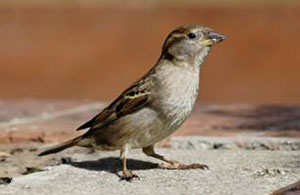
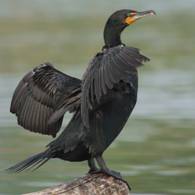
鳥類的飛行受照明影響,誤導牠們撞上建築物而身亡。
在晚間遷移的鳥類會被人為照明誤導飛行方向,一旦牠們被照明吸引,便不會飛離。
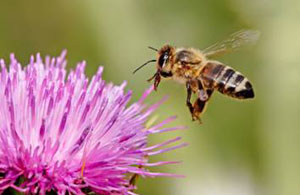
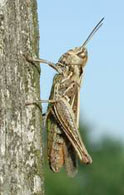
大量飛娥、蜻蜓、甲蟲、飛蠶、蚊子、黃蜂等昆蟲會被照明吸引聚集,因無法飛離而死亡。
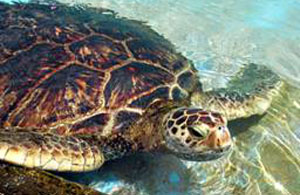
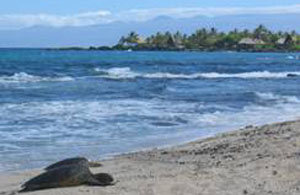
雌性海龜被海灘附近的照明影響其產卵行為。
原本在白天獵食的鳥類和爬蟲類因人為室外照明,增加了牠們在晚上的獵食機會,令被捕獵的物種減少。
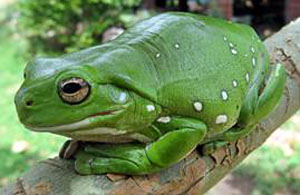
野外環境的照明亮度增加,令晚間動物如青蛙喪失天然夜視能力,強烈的照明甚至會弄瞎牠們。
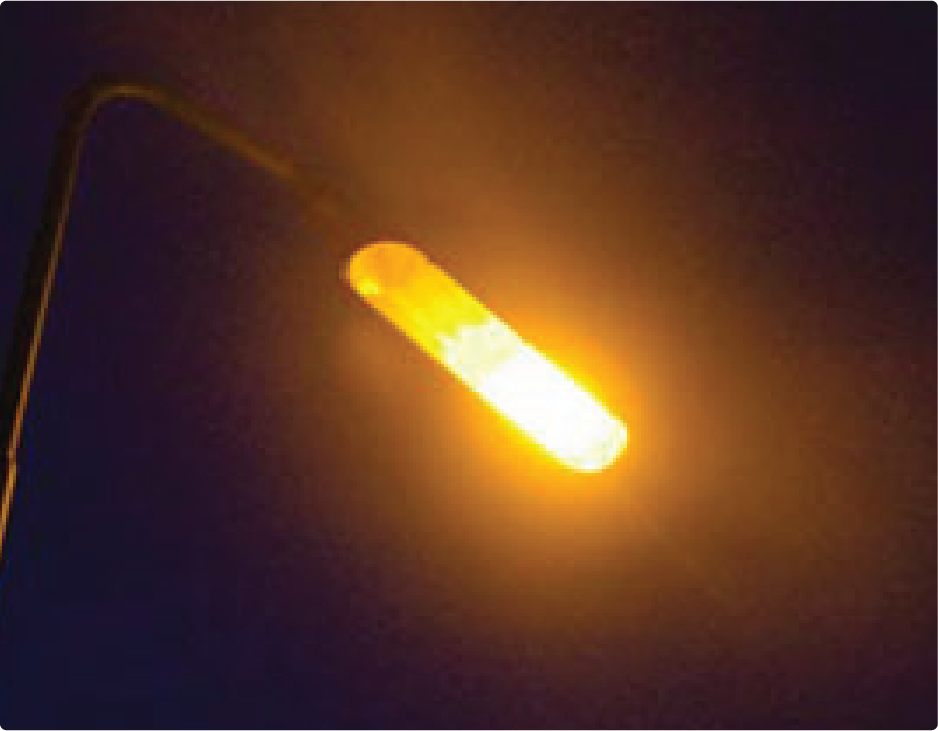
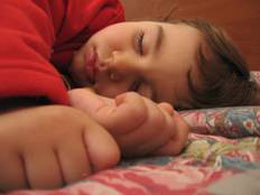
光污染對人體生理的負面影響

至於光污染對人類生理的負面影響,我們所知不多。你可能聽過,居住地方接近燈箱廣告招牌或球場照明等的人,可能會被過分的照明而感煩惱,被迫拉上厚厚的窗簾,甚至因強烈的照明而難以入睡。其實近年環保處的確收到市民針對光污染的投訴,每年大約有30-40宗。但如果室外照明及人們對光污染的認識增加,被過分照明影響而投訴的人數或會上升。
(Health Council of the Netherlands: Impact of outdoor lighting on man and nature. The Hague: Health Council of the Netherlands, 2000; publication no. 2000/25E)
Pictures source: Wikimedia Commons
參考資料
- Buchanan BW. 1993. Effects of enhanced lighting on the behaviour of nocturnal frogs. Anim Behav 45: 893–99.
- Catherine Rich, Travis Longcore, Ecological Consequences of Artificial Night Lighting, Island Press
- Eisenbeis G and Hassel F. 2000. Zur Anziehung nachtaktiver Insekten durch Strasenlaternen – eine Studie kommunaler Beleuchtungseinrichtungen in der Agrarlandschaft Reinhessens [Attraction of nocturnal insects to street lights – a study of municipal lighting systems in a rural area of Rheinhessen (Germany)]. Natur und Landschaft 75: 145–56.
- Frank KD. 1988. Impact of outdoor lighting on moths: an assessment. J Lepidop Soc 42: 63–93.
- Health Council of the Netherlands: Impact of outdoor lighting on man and nature. The Hague: Health Council of the Netherlands, 2000; publication no. 2000/25E.
- Kolligs D. 2000. Okologische Auswirkungen kunstlicher Lichtquellen
auf nachtaktive Insekten, insbesondere Schmetterlinge (Lepidoptera) [Ecological effects of artificial light sources on nocturnally active insects, in particular on moths (Lepidoptera)]. Faunistisch-Okologische Mitteilungen Suppl 28: 1–136. - Ogden LJE. 1996. Collision course: the hazards of lighted structures and windows to migrating birds. Toronto, Canada: World Wildlife Fund Canada and Fatal Light Awareness Program.
- Salmon M. 2003. Artificial night lighting and sea turtles. Biologist 50: 163–68.
- Schwartz A and Henderson RW. 1991. Amphibians and reptiles of the West Indies: descriptions, distributions, and natural history. Gainesville, FL: University of Florida Press.
- Squires WA and Hanson HE. 1918. The destruction of birds at the lighthouses on the coast of California. Condor 20: 6–10.
- Travis Longcore and Catherine Rich, Ecological light pollution, Front Ecol Environ 2004; 2(4): 191–198
- Witherington BE. 1997. The problem of photopollution for sea turtles and other nocturnal animals. In: Clemmons JR and Buchholz R (Eds). Behavioral approaches to conservation in the wild. Cambridge, UK: Cambridge University Press.
